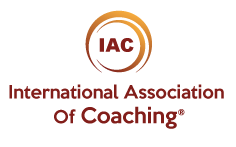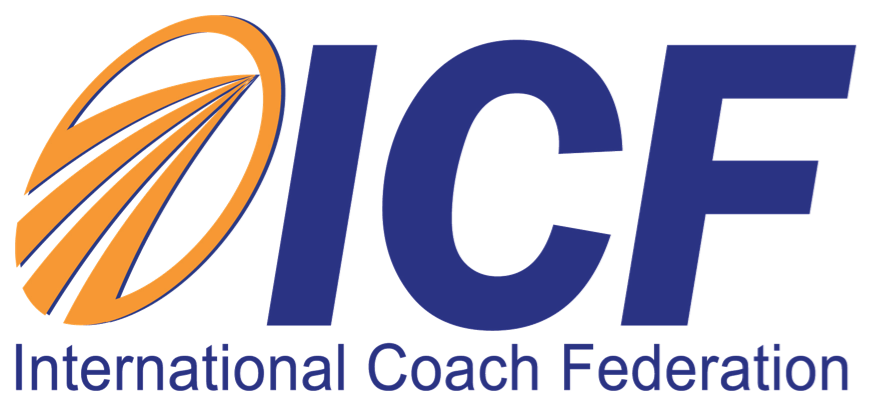This morning, a shooting on the Washington Navy Yard resulted in several injuries and even some fatalities (CBSNEWS). In thinking of the people affected by this situation, our hearts are heavy. With the advents of technology, learning to penetrate a security fire-wall has become a lot more possible than it used to be and although the details behind this event’s facts are yet to be revealed, only the perpetrator(s) can be blamed at this instant. Damage having been done, what can be done by leadership here on to facilitate progress? Situations like this have the potential to usher in great opportunities for leaders to take charge in protecting everyone involved but to also inspire them to act and become a leader. An example of this is the leadership facilitation concept promoted by retired U.S. Navy Captain L. David Marquet, and one which as trainers and educators of leadership we would like to further dissect.
Marquet, Author of the book Turn this Ship Around! How to Create Leadership at Every Level, tells the story of his unsettling experience on a Navy submarine. The ship’s engineer deliberately shutdown the reactor. This was a test for the department’s ability to find and repair the problem. In an effort to resolve the situation, Marquet gave a reasonable order, “Ahead 2/3.” His senior department leader repeated the order to the helmsmen, who sat squirming in his seat. Awkward moments passed, the helmsmen still not carrying out the order. Finally, after Marquet inquired why the order had not been carried out, the helmsmen reported, “Captain, there is no Ahead 2/3 on the EPM.”
Having just been transferred to the ship, Marquet had made a mistake. However, the bigger issue was that neither the senior department lead, nor the helmsmen immediately reported the error or displayed effective on-the-spot-decision making. In A Submarine Captain on the Power of Leadership Language, Marquet explains that the “Ahead 2/3” incident helped him to realize that top-down command and control leadership models were failing. Though they are commonly favored practices by the military, the crew experienced low morale, poor performance and retention was at the bottom of the fleet. From that point forward, Marquet encouraged his charges to use phrases such as “I intend to” and “We will.” This enabled the subordinates to take responsibility in the action.
Senior Business Executive, F. John Reh also embraces this concept. He suggests that leaders should implement instruction giving, rather than orders. He describes that an instruction explains the result that is needed, rather than how to get it done. From making the most strategic decisions during a shooting like at the Washington Navy Yard, or keeping the submarine on track at sea, to effectively making decisions in high-stress situations in an office, leadership must be constantly brushed up, nurtured and practiced for positive outcomes. Even in smaller day to day operations, this is a crucial concept for leaders. It ultimately influences the bottom line. Creating an environment of healthy leadership should result in transforming every member of the team to a leader. They should be capable of voicing alternative solutions, taking charge when needed and making calm decisions under pressure.







